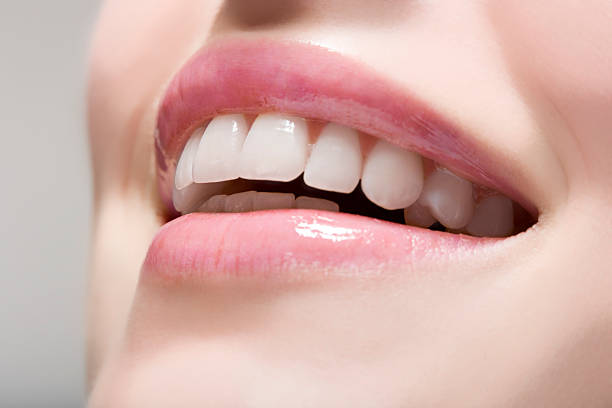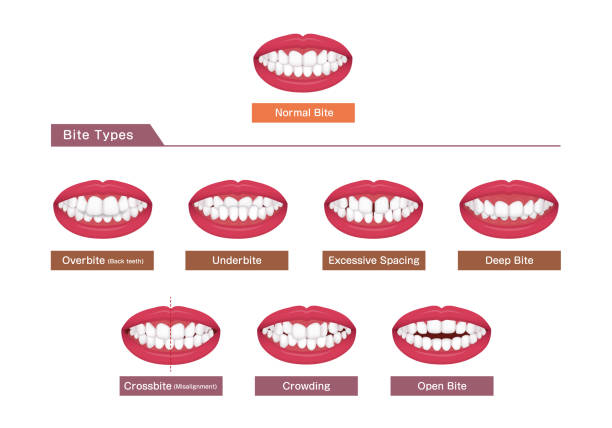Teeth help us bite food, pronounce words correctly, and maintain the structural shape of our face. Different types of teeth in the mouth play different roles and therefore come in different shapes and sizes. Let’s take a look at what teeth we have in our mouths and what benefits they can bring.
The type of tooth
The shape of the teeth allows them to perform a specific function in the process of chewing food.
8 incisors
The most anterior teeth in the mouth are called incisors, four on top and four, for a total of eight. The shape of the incisors is flat and thin, a bit like a chisel. They can bite food into small pieces when you first start chewing, help you pronounce words correctly when you speak, and maintain your lips and facial structure.
The sharp teeth next to the incisors are called canines, two on the top and two on the bottom, for a total of four. Canine teeth are long and pointed in shape and play a key role in the process of shredding food, such as meat, so carnivores usually have more developed canine teeth. Not only lions and tigers, but also the vampires in the novel!
8 premolars
The larger, flatter teeth next to the canine teeth are called premolars, which have a flat surface and raised edges, making them suitable for chewing and grinding food, biting food to a size suitable for swallowing. Mature adults typically have eight premolars, four on each side. Young children do not have premolar teeth and usually do not erupt as permanent teeth until they are 10 to 12 years old.
Molars are the largest of all teeth. They have a large, flat surface with a raised edge that can be used to chew and grind food. Adults have 12 permanent molars, 6 on the upper and 6 on the bottom, and only 8 on the papillae in children.
The last molars that emerge are called wisdom teeth, also known as third wisdom teeth, which usually erupt between the ages of 17 and 21 and are located in the innermost part of the mouth. However, some people don’t have all four wisdom teeth, and some wisdom teeth are buried in the bone and never erupt.
As children get older, permanent teeth begin to erupt beneath baby teeth. As permanent teeth grow, the roots of the baby teeth are gradually absorbed by the gums, causing the baby teeth to loosen and fall out, making room for the permanent teeth. Children usually start tooth changes at the age of six and continue until they are about 12 years old.
Permanent teeth include incisors, canines, premolars, and molars, while baby teeth do not have premolars. The teeth that replace the deciduous molars are called the first and second premolars. At the same time, the mandible will continue to grow during puberty, creating more space for the molars. The first permanent molars usually erupt around the age of six, and the second permanent molars usually appear around the age of 12 years.
The third permanent molar, or wisdom tooth, usually does not erupt until the age of 17 to 25, but sometimes it may never show up, become an impacted tooth, or never erupt at all.
In summary, there are 20 baby teeth and 32 permanent teeth.
Week video: https://youtube.com/shorts/Hk2_FGMLaqs?si=iydl3ATFWxavheIA
Post time: Dec-01-2023




